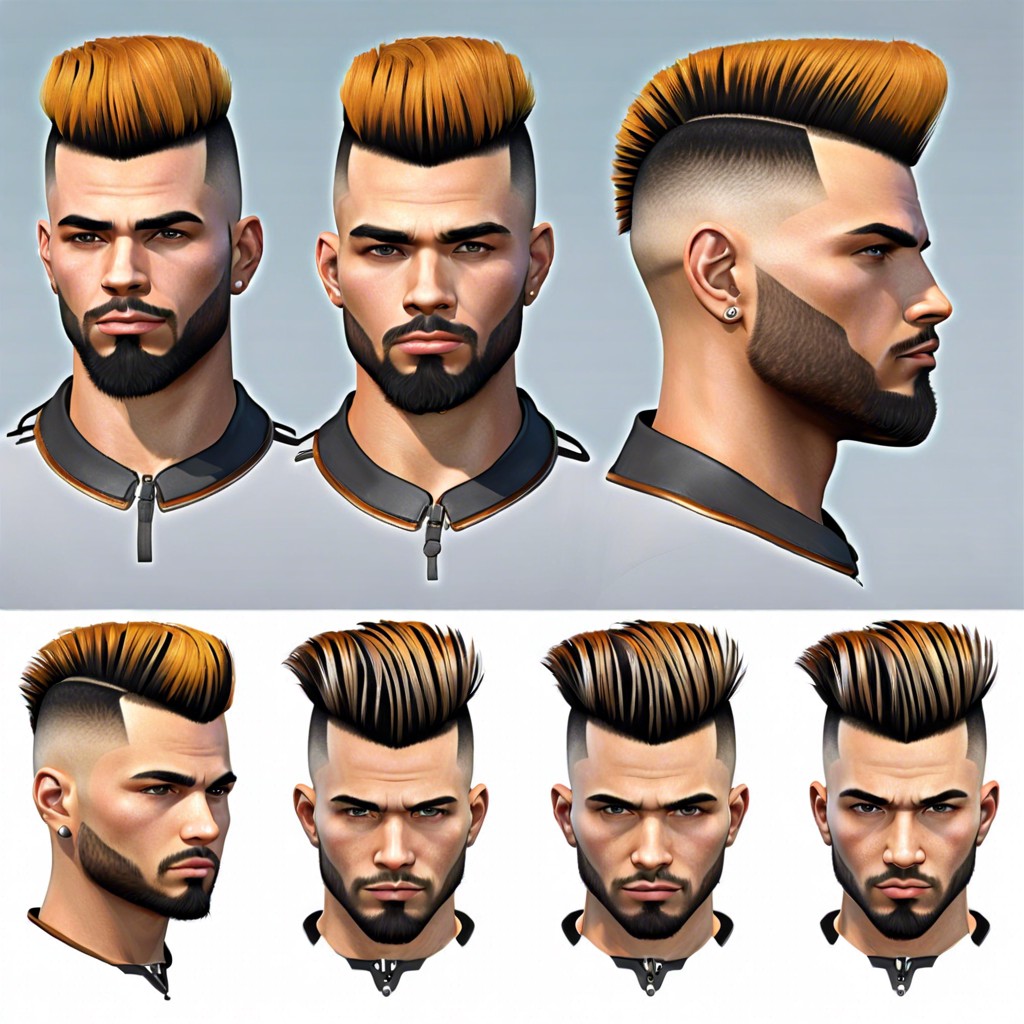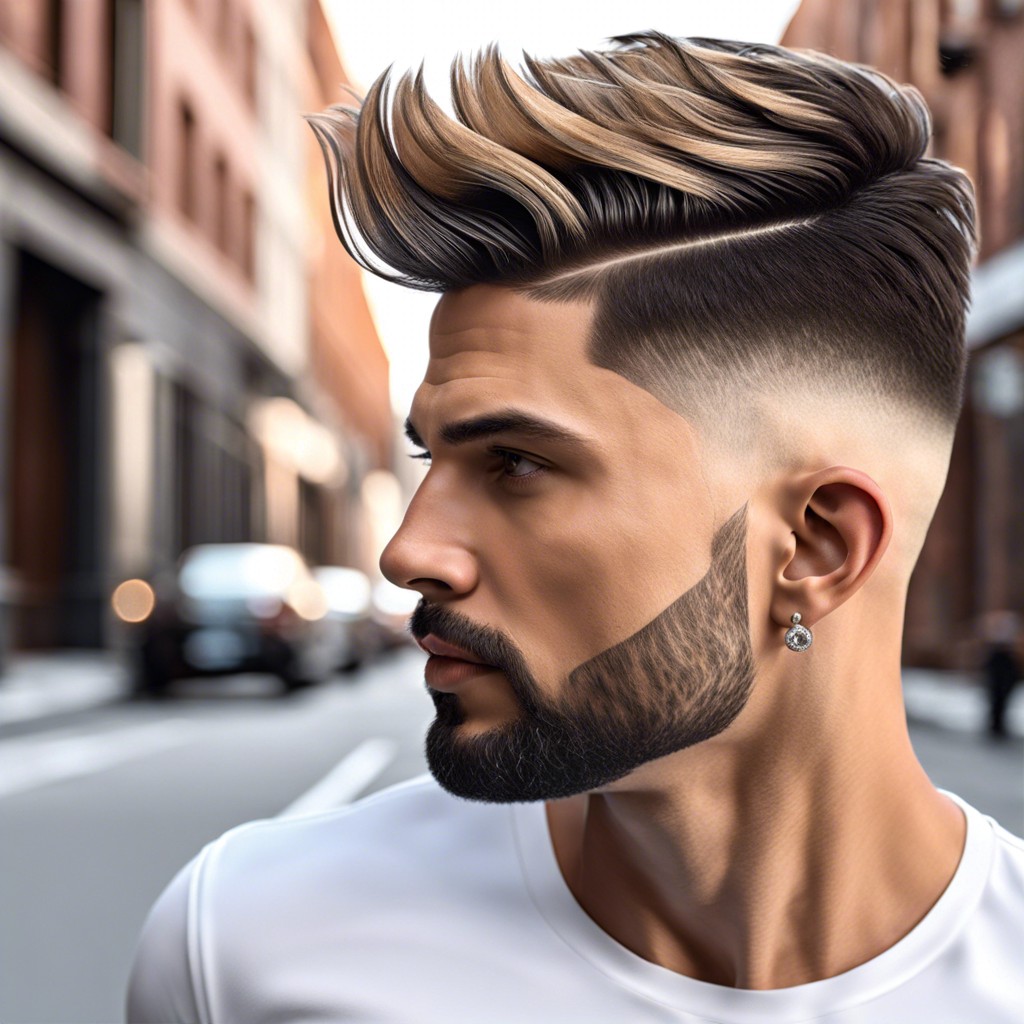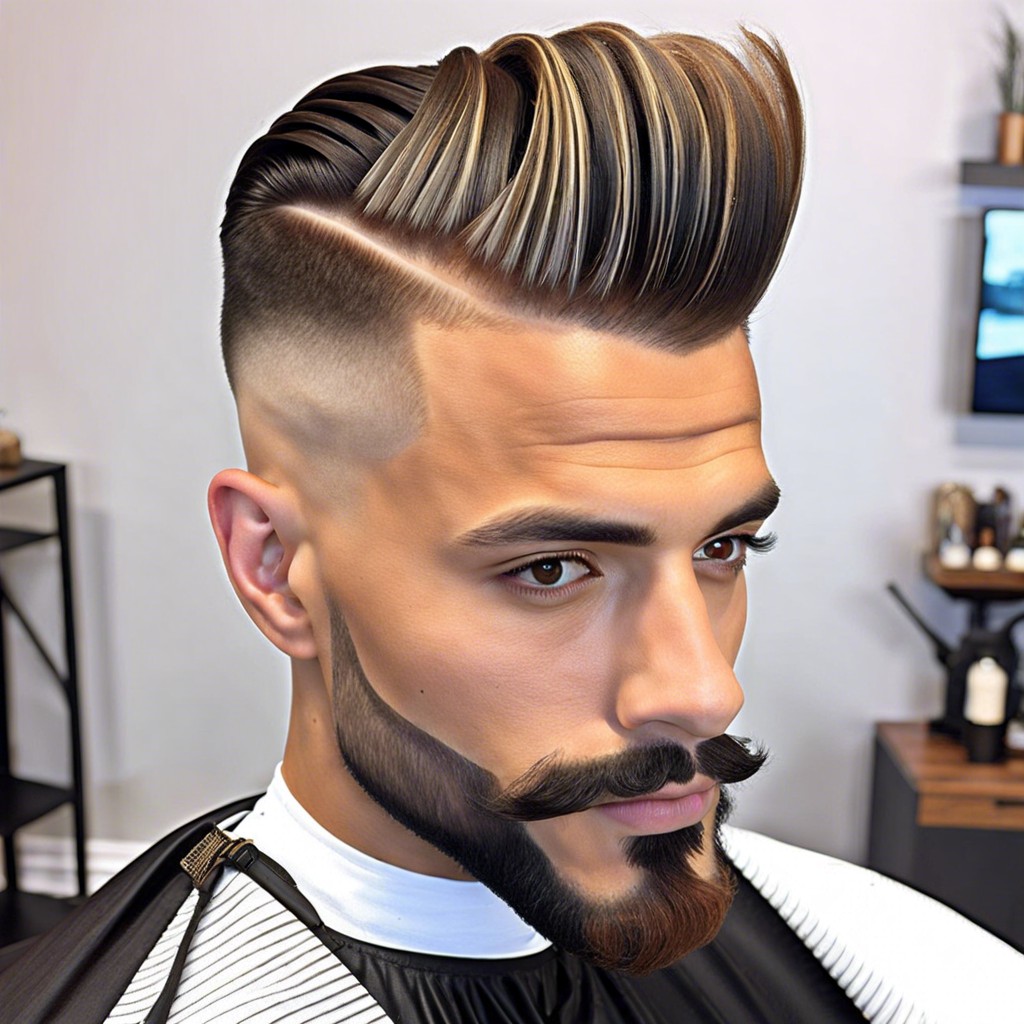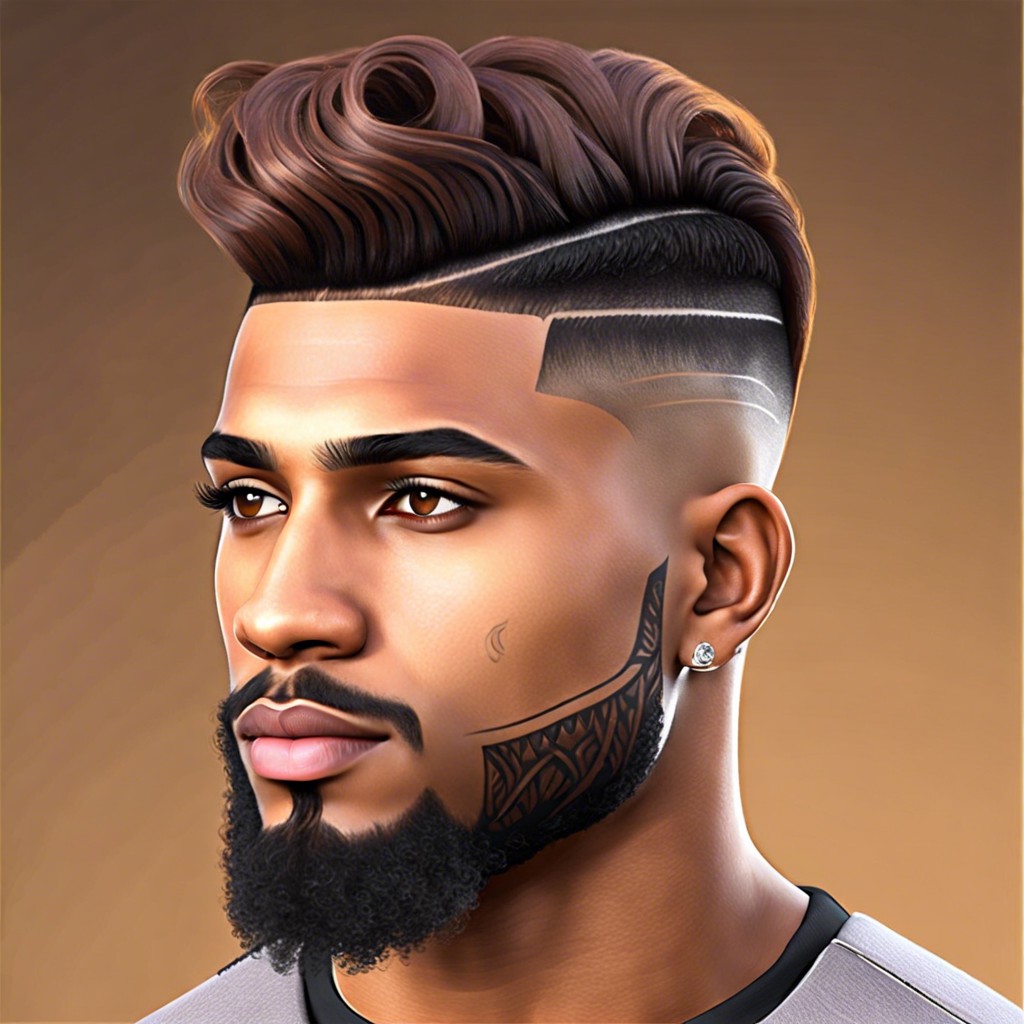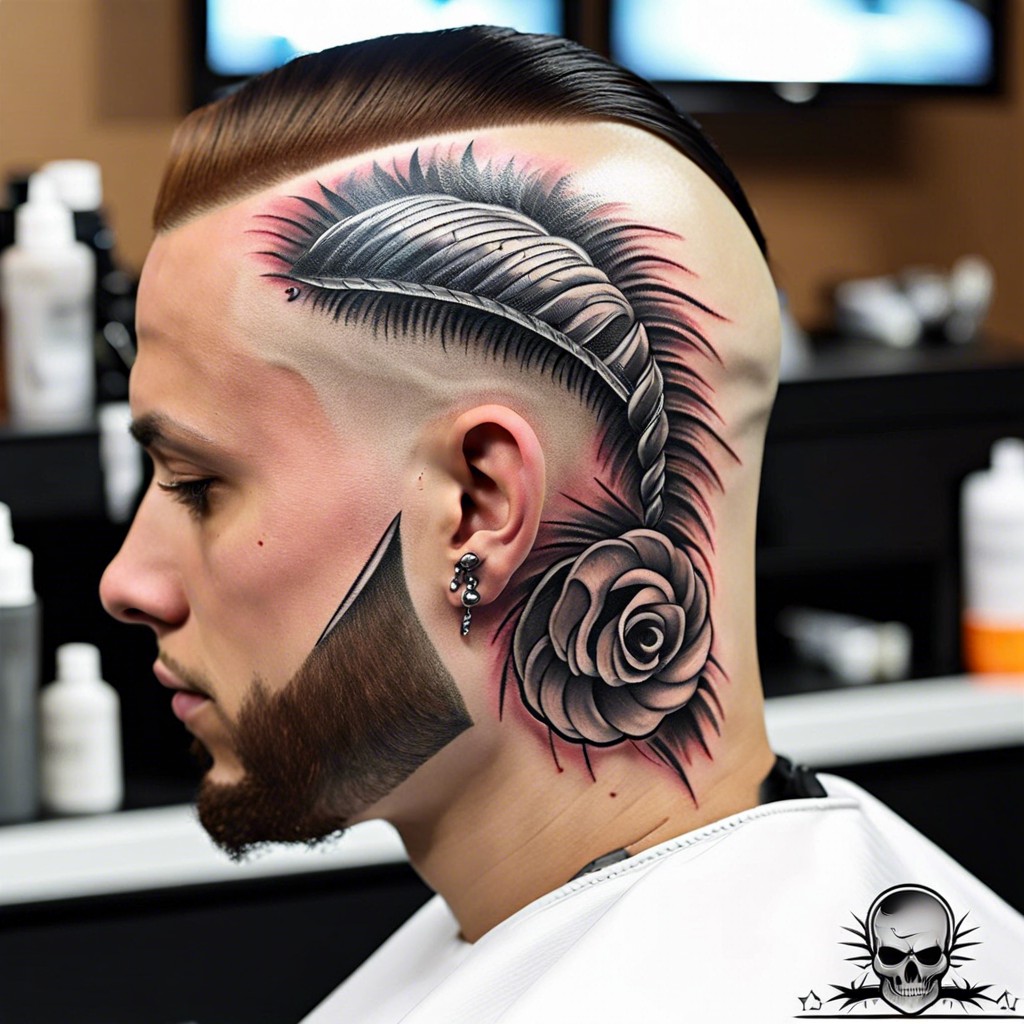Master the sleek and modern look of a taper fade haircut with these innovative styling ideas.
Definition of a Taper Fade
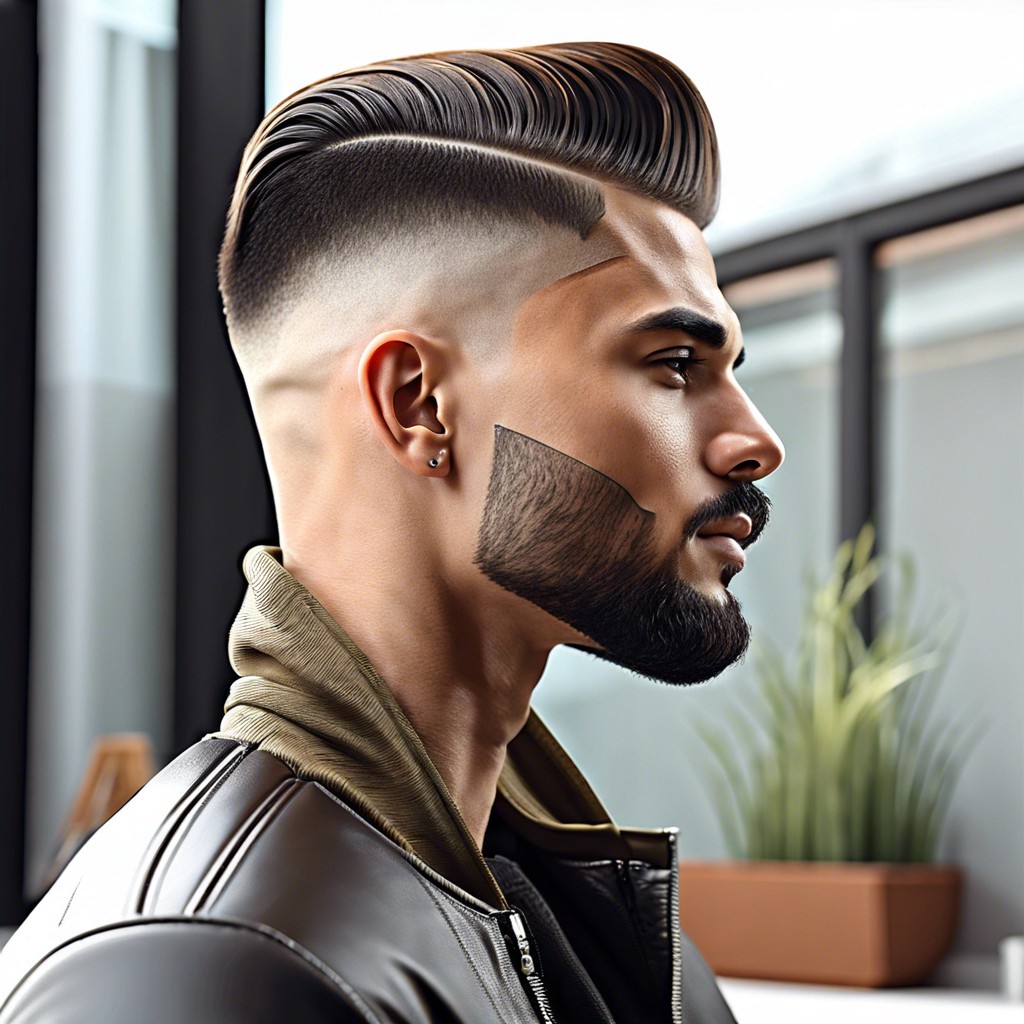
A taper fade is a versatile haircut that blends hair lengths gradually from the top down to the skin at the sides and back. It’s characterized by the seamless transition from longer to shorter hair, providing a clean and sharp contour. This style offers a modern, polished look that can be tailored to personal preference and individual head shapes.
Different Types of Taper Fades
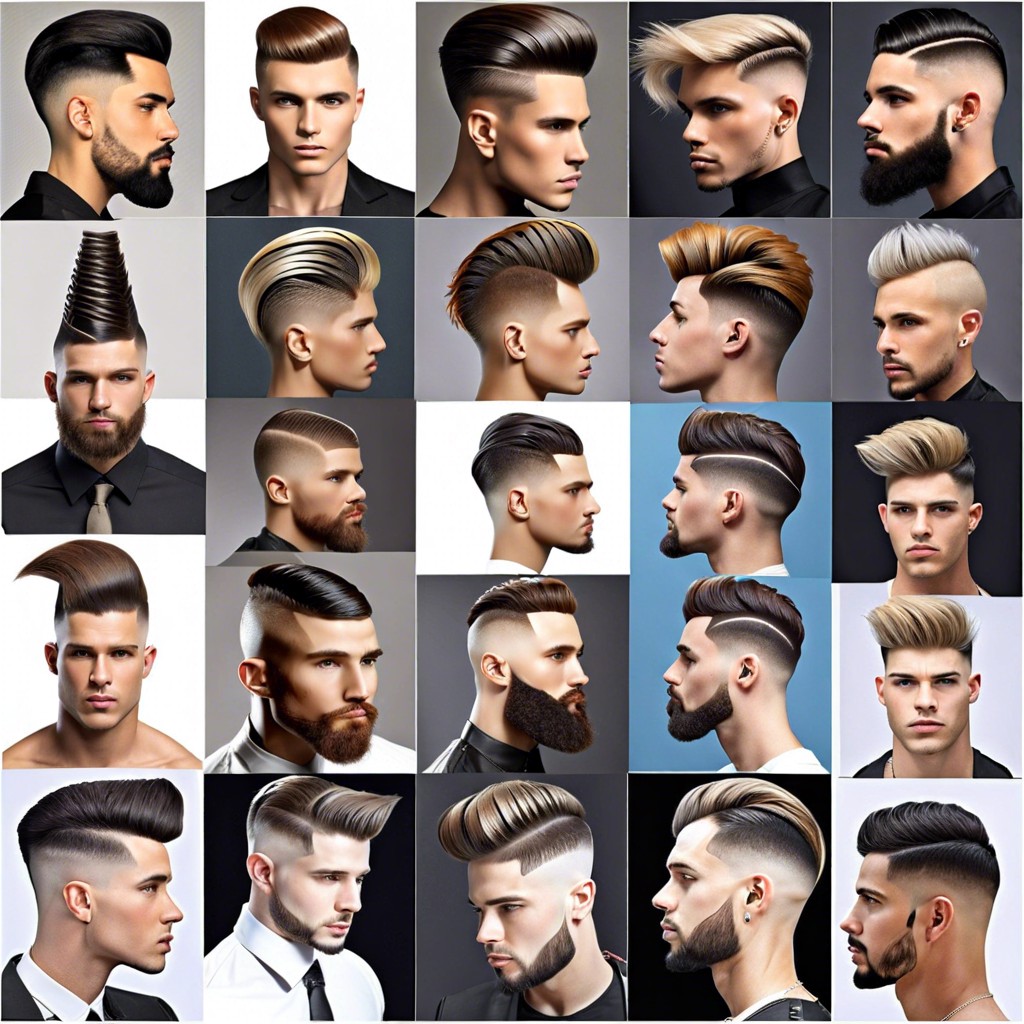
Low taper fades blend the hair just above the ears, creating a subtle transition that’s perfect for a conservative look. Mid taper fades start around the temple area, offering a middle ground that is versatile for various styles and occasions. The high taper fade makes a bold statement, beginning at the upper temples and curving around the back of the head, often paired with sharper, more defined cuts.
How to Maintain a Taper Fade
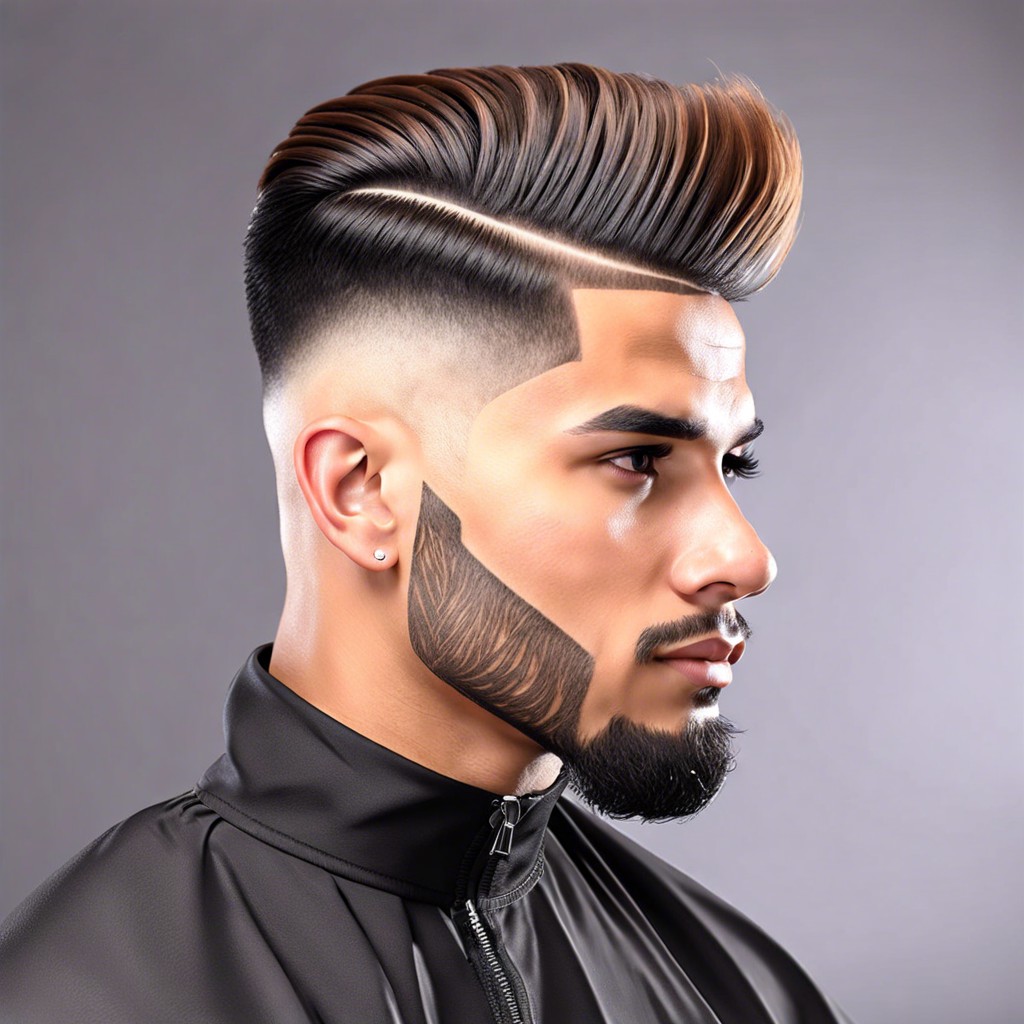
Frequent trims, every two to three weeks, are essential to keep your taper fade sharp and precise. Use specialized scalp and haircare products that cater to short hair to ensure the hair and scalp remain in top condition. Consistent styling, with the help of pomades or gels, will keep the hair looking neat and structured throughout the day.
Best Hair Products for a Taper Fade
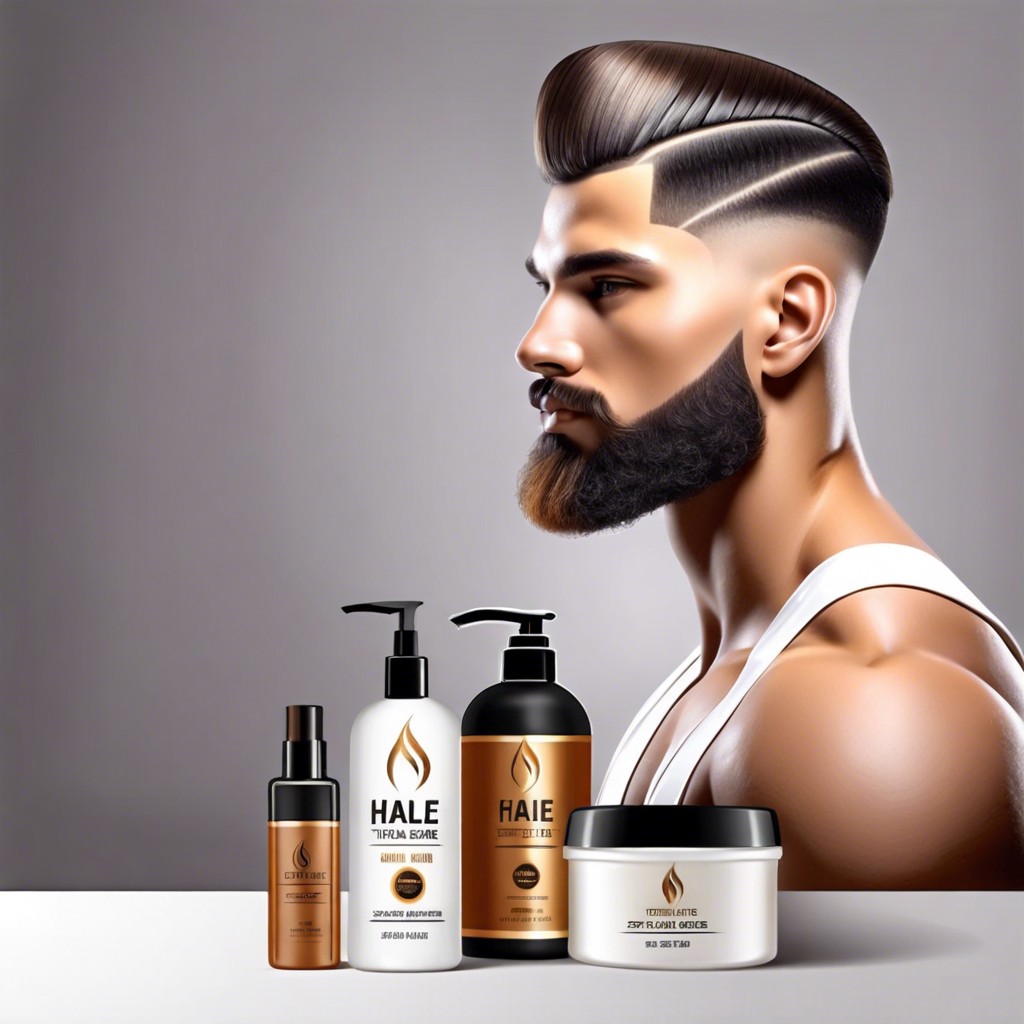
To maintain the structure and health of a taper fade, opt for a matte pomade or clay, which provide a pliable hold without the shine. Avoid heavy creams or oils, which can weigh down the hair and cause the fade to lose its distinct gradient. For daily care, a moisturizing but lightweight conditioner will keep the shorter sides from becoming dry and frizzy, ensuring your fade stays sharp.
How to Style a Taper Fade
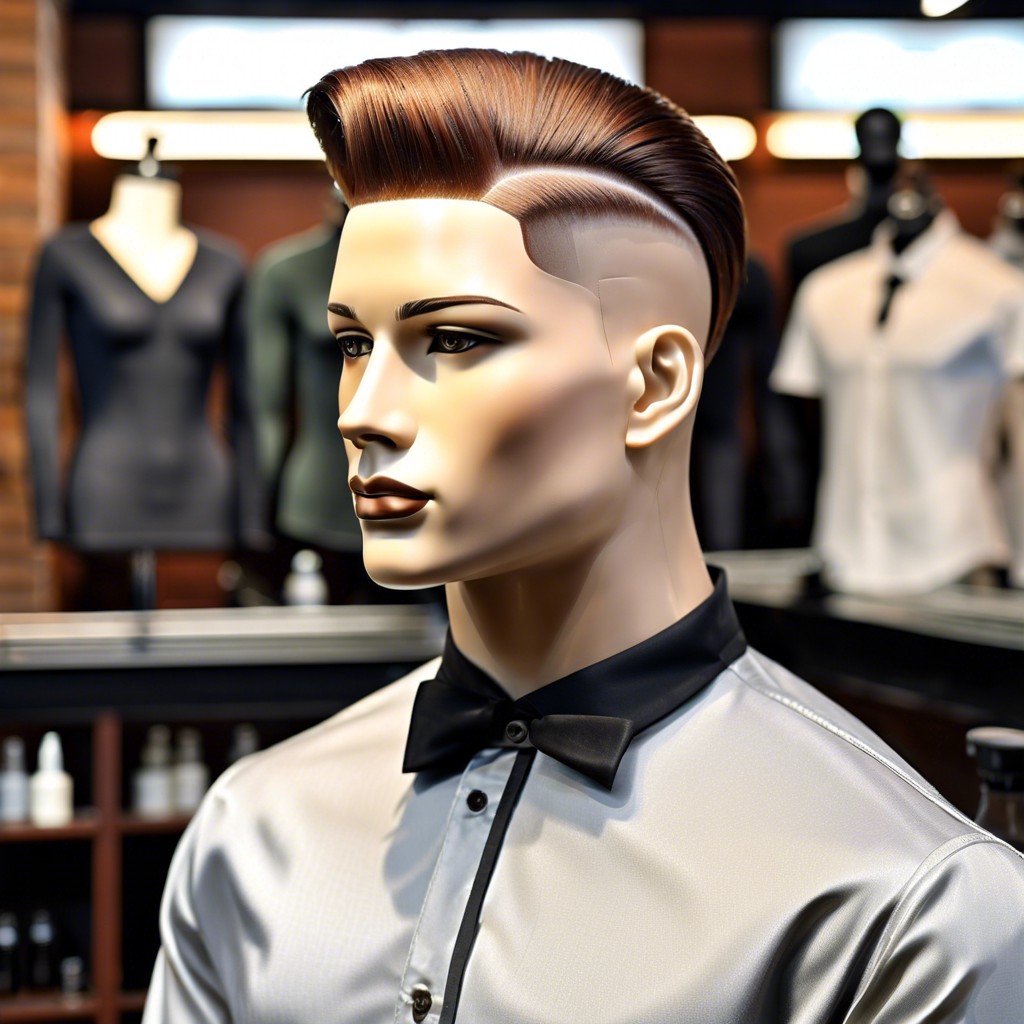
For a sharp look, apply a small amount of pomade to your taper fade and comb the top portion back or to the side, highlighting the gradient effect. Those with curly hair can define their curls using a curl sponge on the longer sections, accentuating the texture juxtaposed with the clean fade. If you desire a casual, effortless vibe, work some light hold gel through the hair and tousle it for a relaxed yet stylish finish.
The History of the Taper Fade
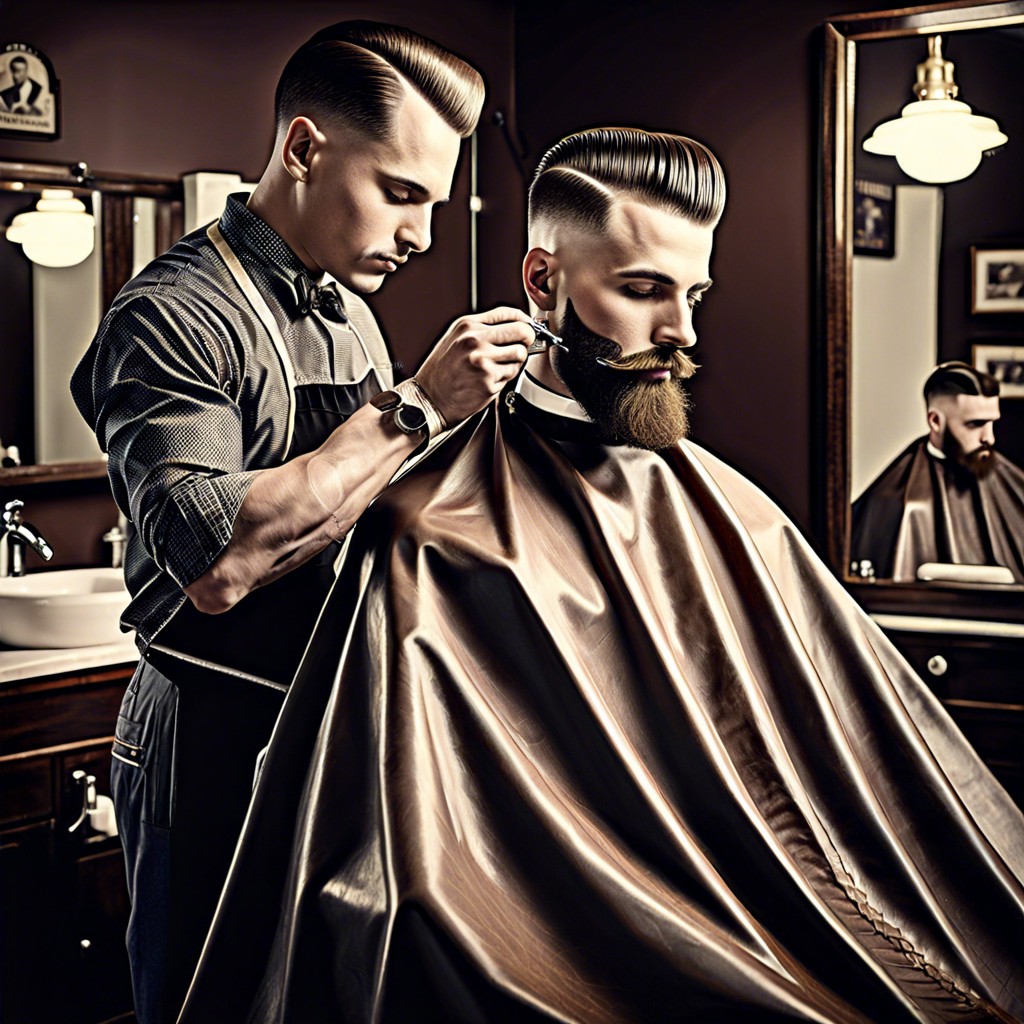
Originating in the military, the taper fade became mainstream in the 1980s and 1990s, thanks to the influence of hip-hop culture. It has undergone various adaptations, with the likes of Will Smith and Michael Jordan popularizing its crisp, clean aesthetic. As it transcended cultural boundaries, the hairstyle became a dynamic element of personal expression within fashion.
Taper Fade Vs. Regular Fade
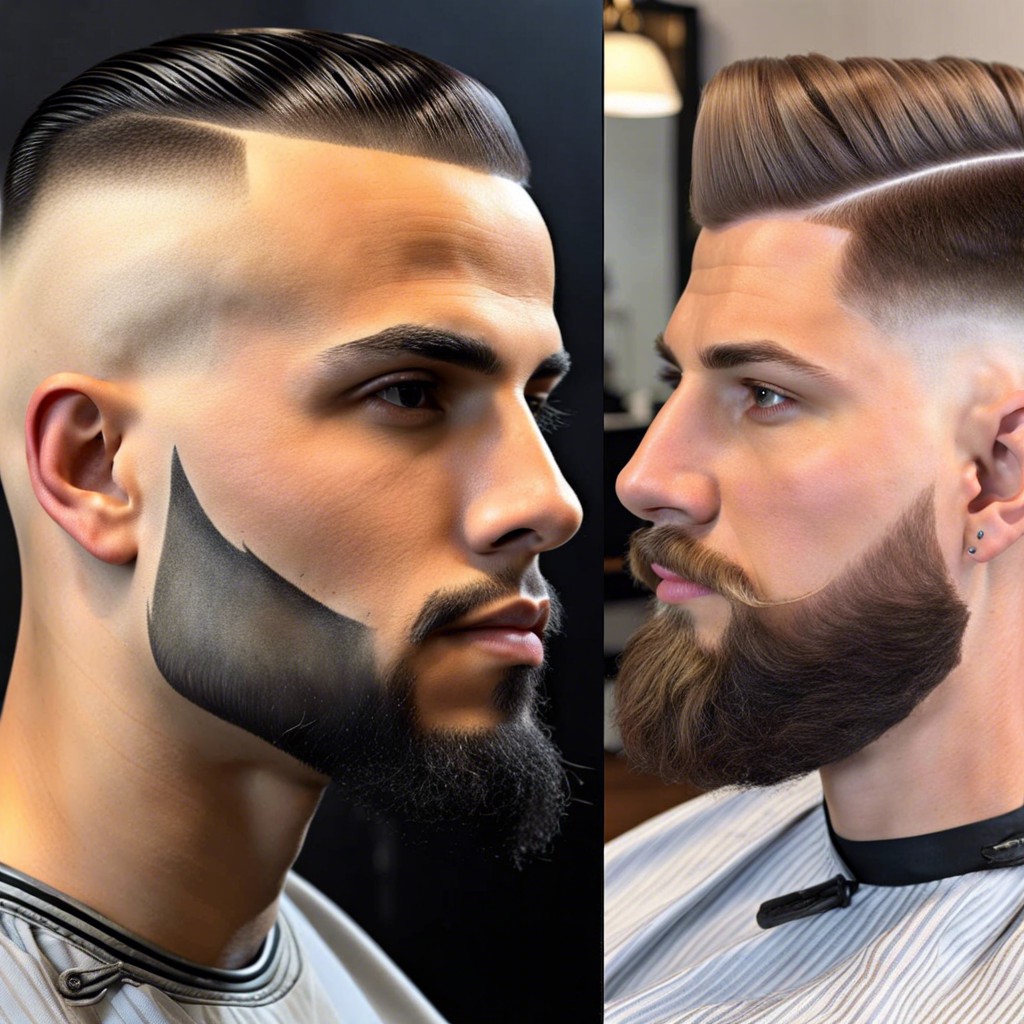
Distinguishing between a taper fade and a regular fade boils down to subtlety and placement. A taper fade gradually shortens hair down to the skin around the temples and nape, blending seamlessly for a cleaner, more refined look. In contrast, a regular fade is less gradual and typically involves a more pronounced contrast in hair lengths that can start higher on the head.
Celebrities With Taper Fades
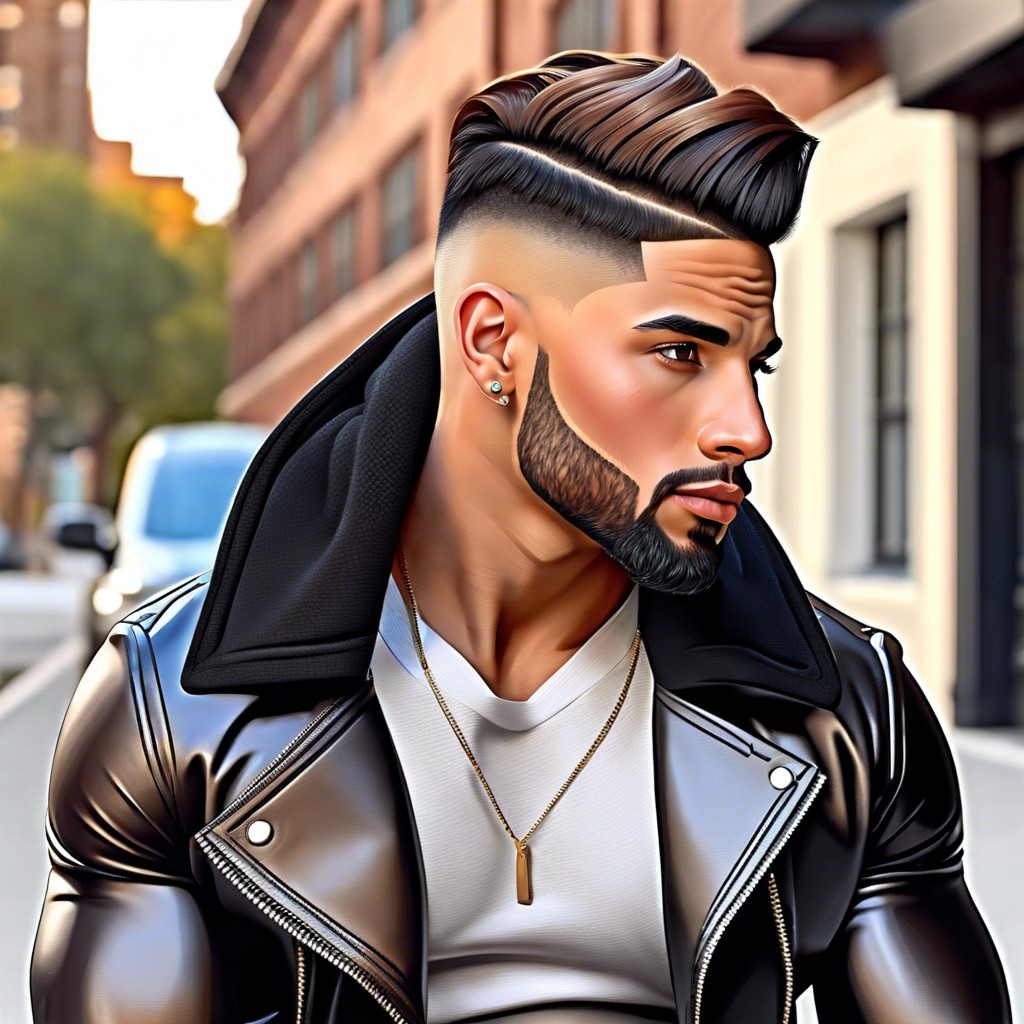
Celebrities often set trends with their choice of hairstyles, and the taper fade is no exception. Icons like Drake and David Beckham have sported this clean and stylish look, inspiring many to follow suit. Observing these public figures can provide inspiration for variations on the classic taper fade, showcasing how versatile the cut can be.
Taper Fade for Different Face Shapes
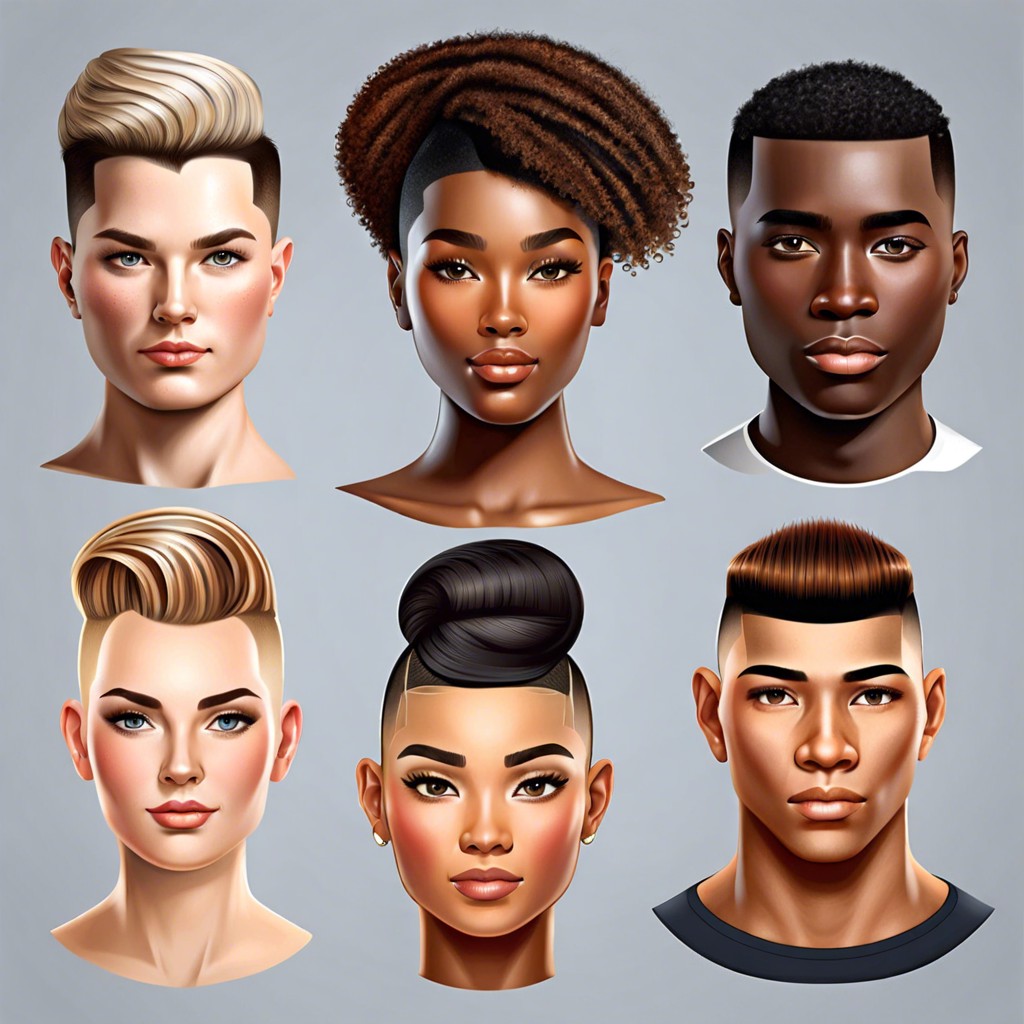
A taper fade can accentuate the jawline of someone with a square face, creating a more pronounced and chiseled look. For those with round faces, a higher taper fade can add the illusion of height, elongating the face subtly. Individuals with oval face shapes benefit from a low to mid taper fade that complements the natural symmetry of their features.
How to Communicate With Your Barber About a Taper Fade
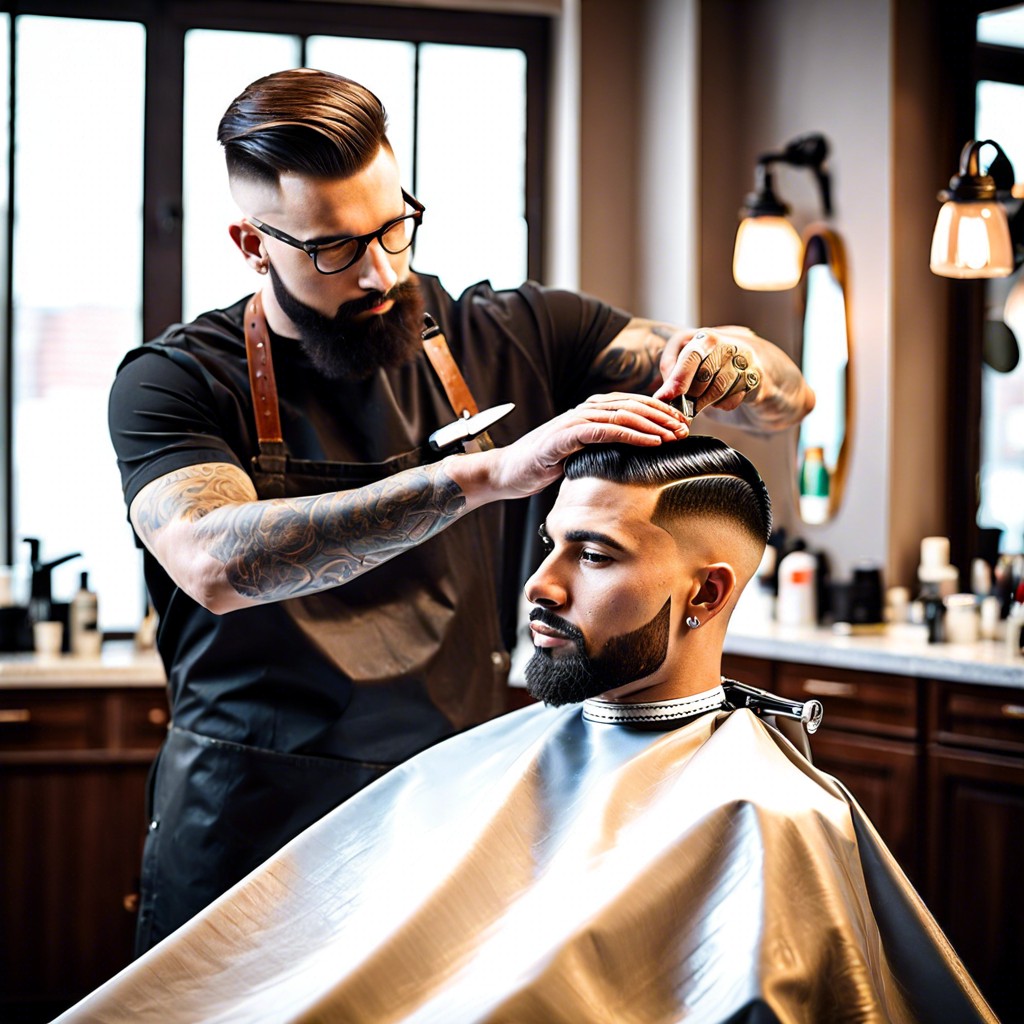
Bring a photo of the desired look to ensure clarity in your request. Specify preferences for length and transition to your barber for a tailored fade. Discuss lifestyle and maintenance to achieve a realistic and suitable taper fade outcome.
DIY Taper Fade At Home
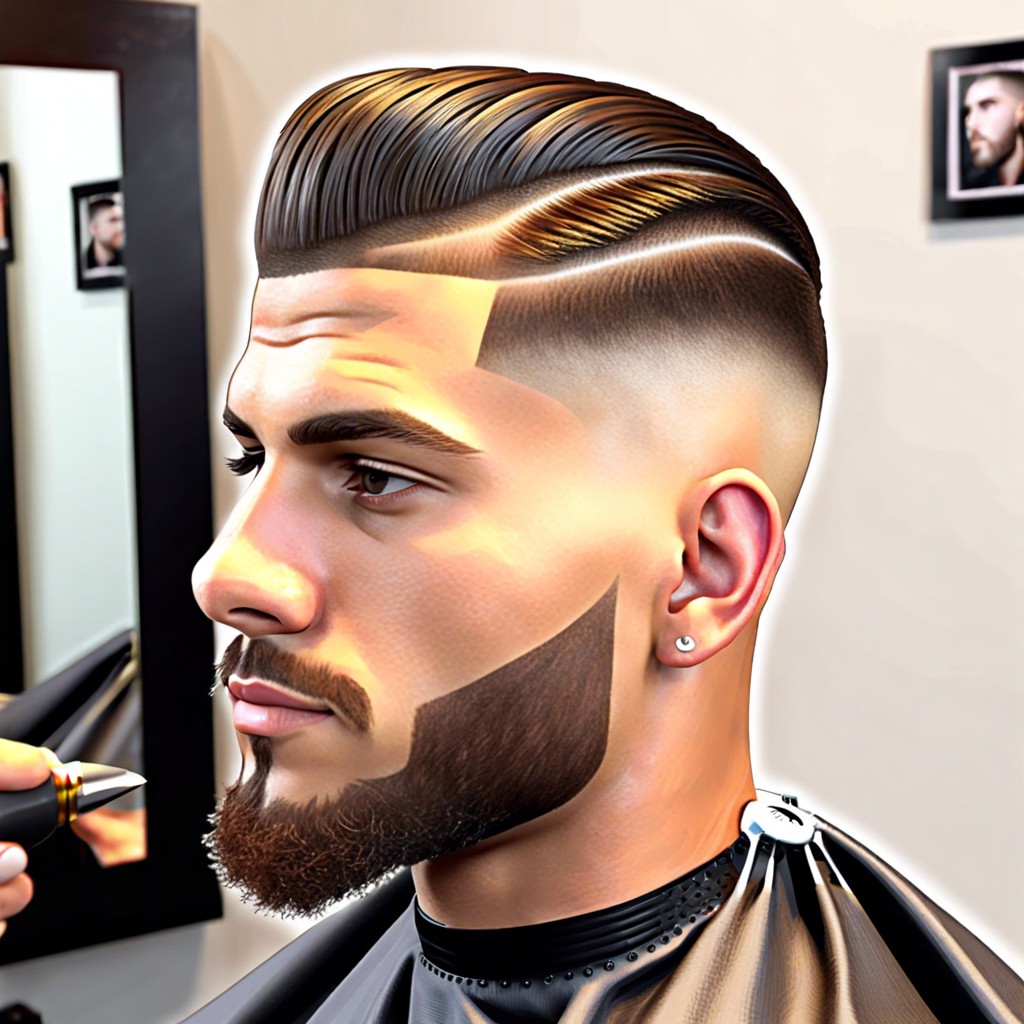
Attempting a taper fade at home can be a cost-effective way to maintain your hairstyle between barber visits. It requires precision and the right tools, such as adjustable clippers and a steady hand. Always start with the longer guard lengths to avoid cutting too short, as you can always trim more if needed.
Taper Fade With Designs and Parts
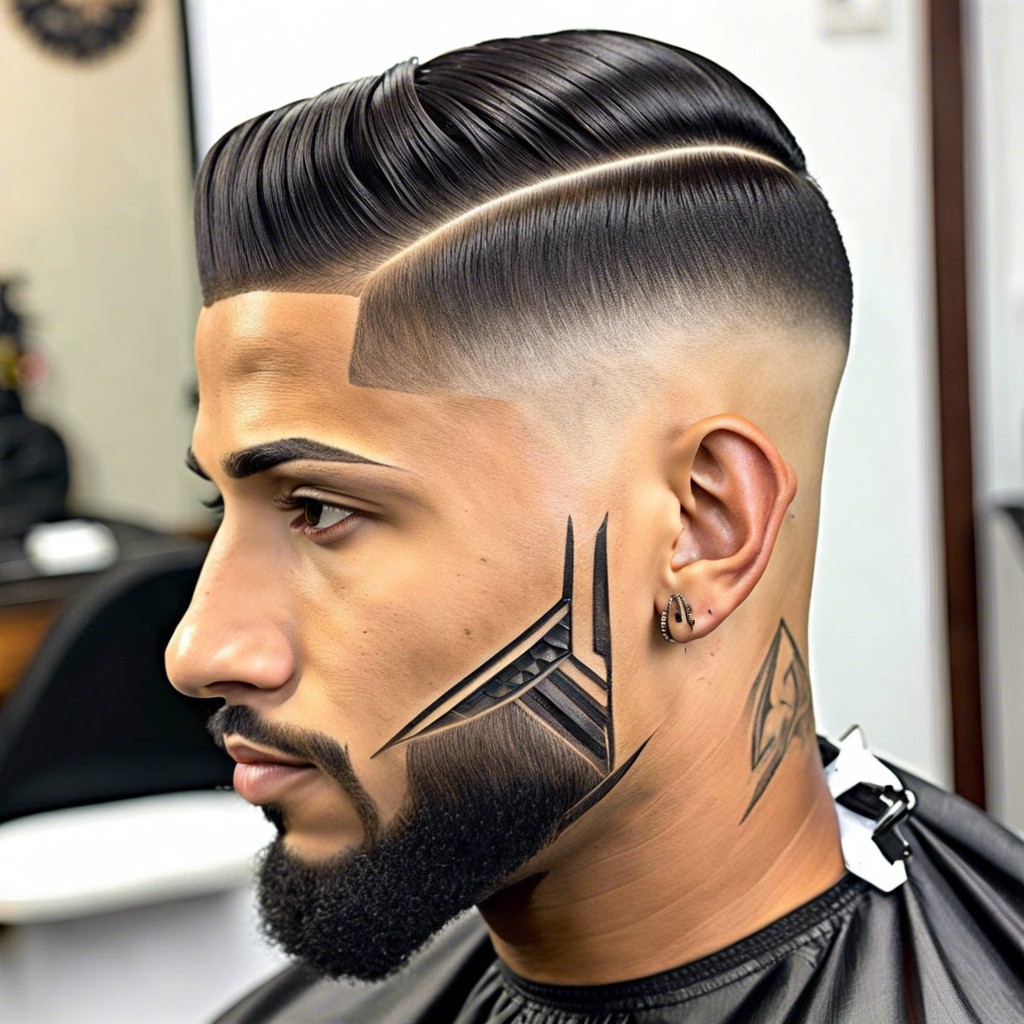
Incorporating designs and parts into a taper fade allows for personal expression and unique style. Sharp lines and intricate patterns carved into the faded area add a modern twist to this classic haircut. Opting for these customizations gives an extra edge to your look, ensuring your fade stands out in a crowd.
The Popularity of Taper Fades in Various Cultures
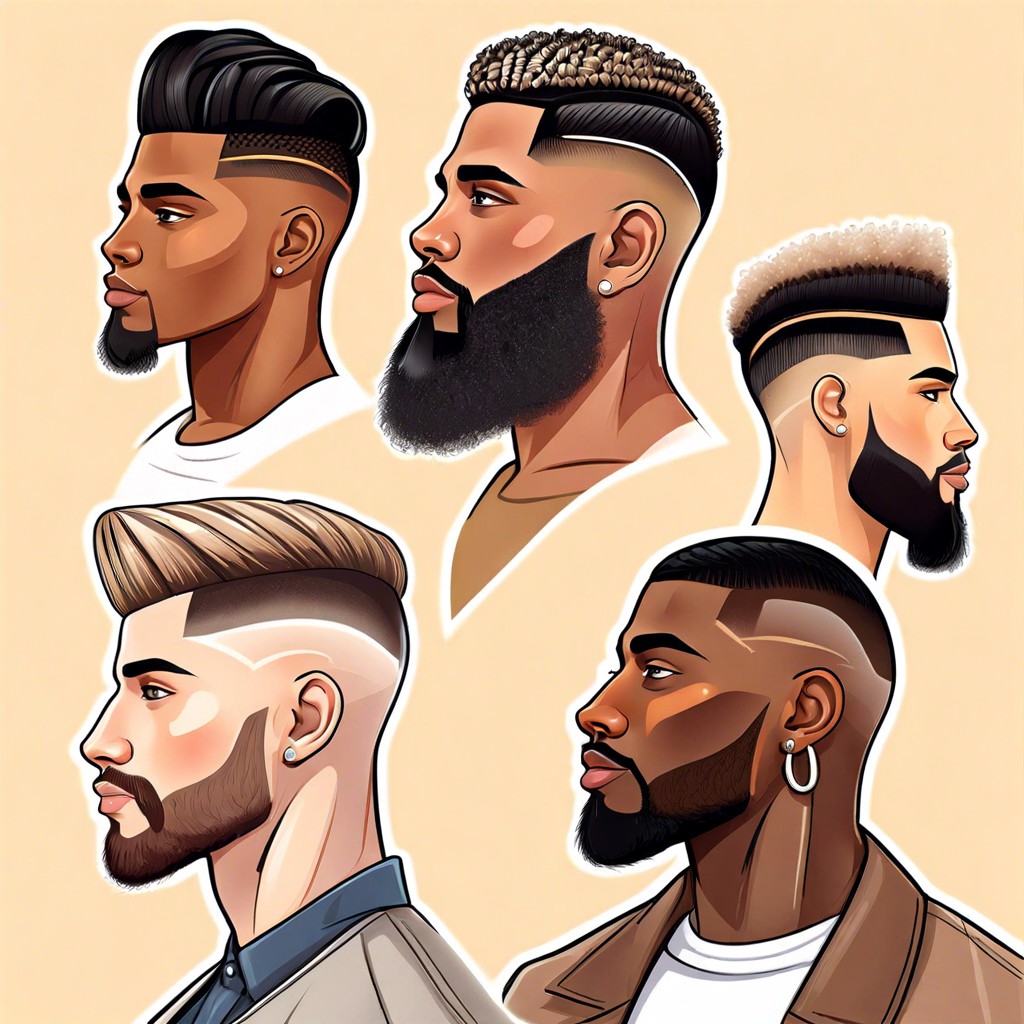
The taper fade transcends cultural boundaries, often spotted in diverse communities as a mark of sharp, contemporary style. It has been embraced by various subcultures, adapting to the unique aesthetic preferences of each group, be it the intricate patterns favored in urban street styles or the more subtle variations seen in professional settings. Its universal appeal lies in its versatility and the clear statement of grooming sophistication it provides to wearers around the globe.
The Best Hair Length for a Taper Fade
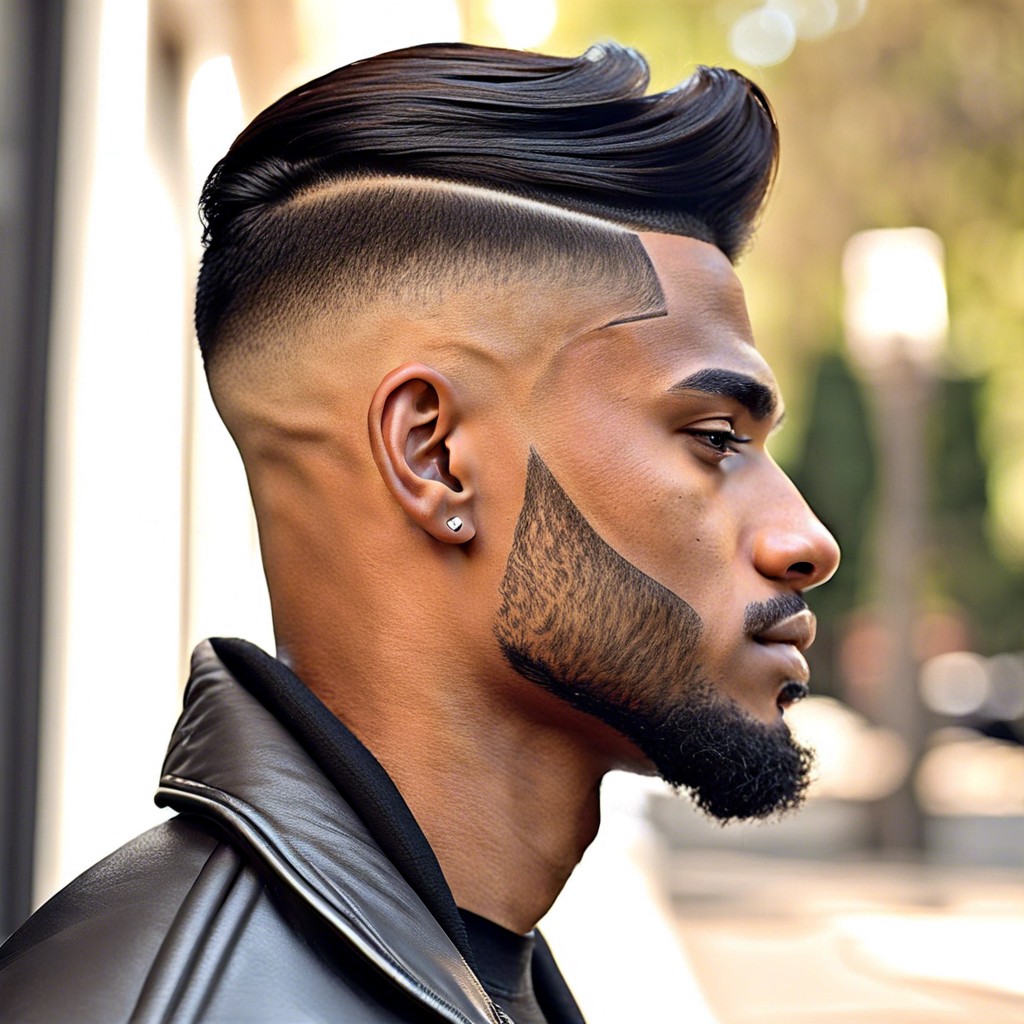
For a successful taper fade, having hair that’s at least 2 to 4 inches long on top yields the best gradient effect. Shorter hair on the sides allows for a more dramatic transition, accentuating the style’s defining contrast. Choosing the correct length is crucial for ensuring that the fade blends seamlessly without appearing too abrupt or uneven.
The Evolution of the Taper Fade in Men’s Fashion

Tracing its roots back to the military-inspired styles of the early 20th century, the taper fade has undergone significant transformation. In the ’90s, it became a staple in urban fashion, symbolizing edginess and precision. Today, it’s a versatile element of men’s grooming, effortlessly blending with various fashion trends from casual streetwear to formal attire.
